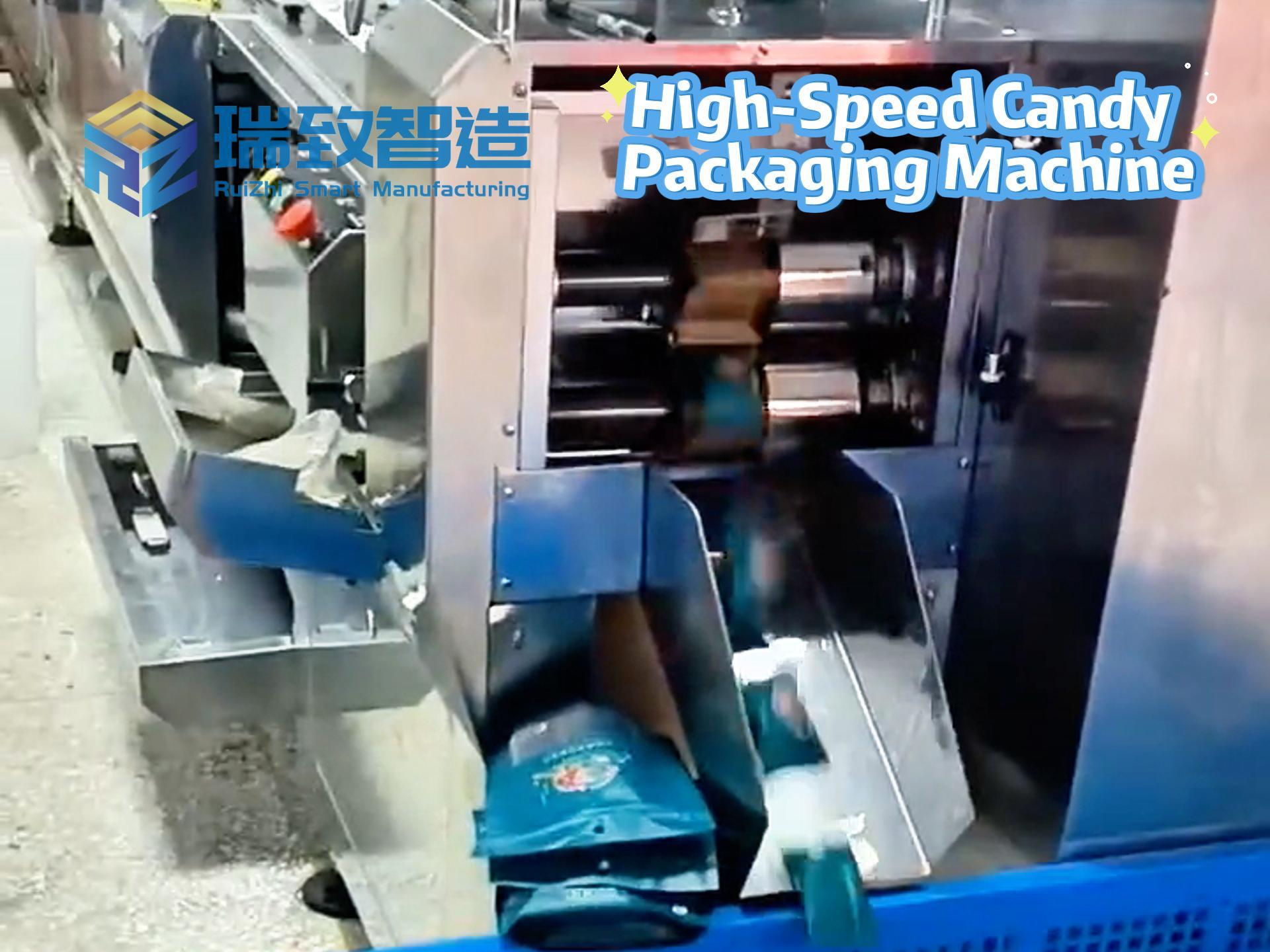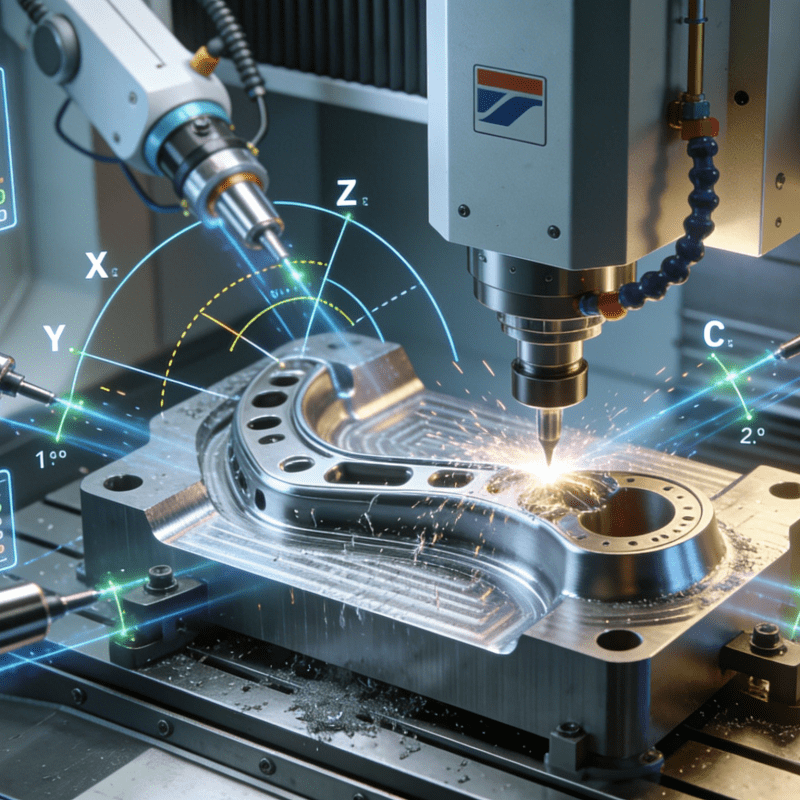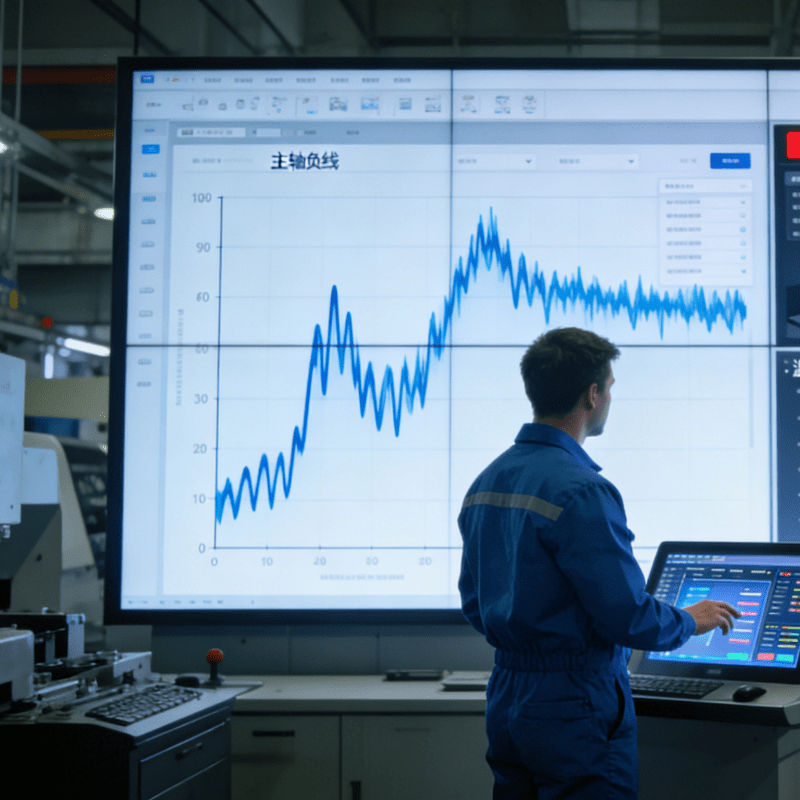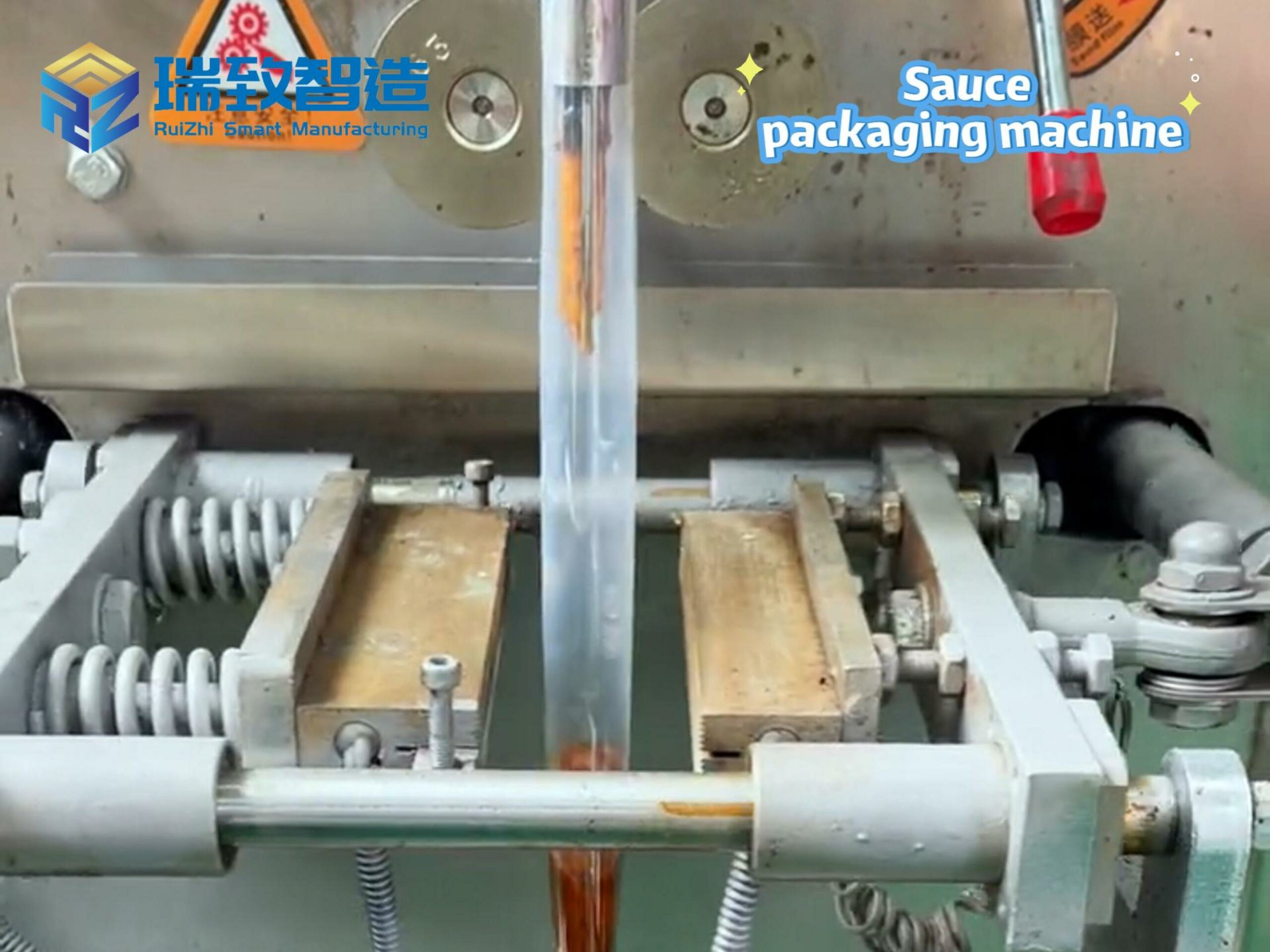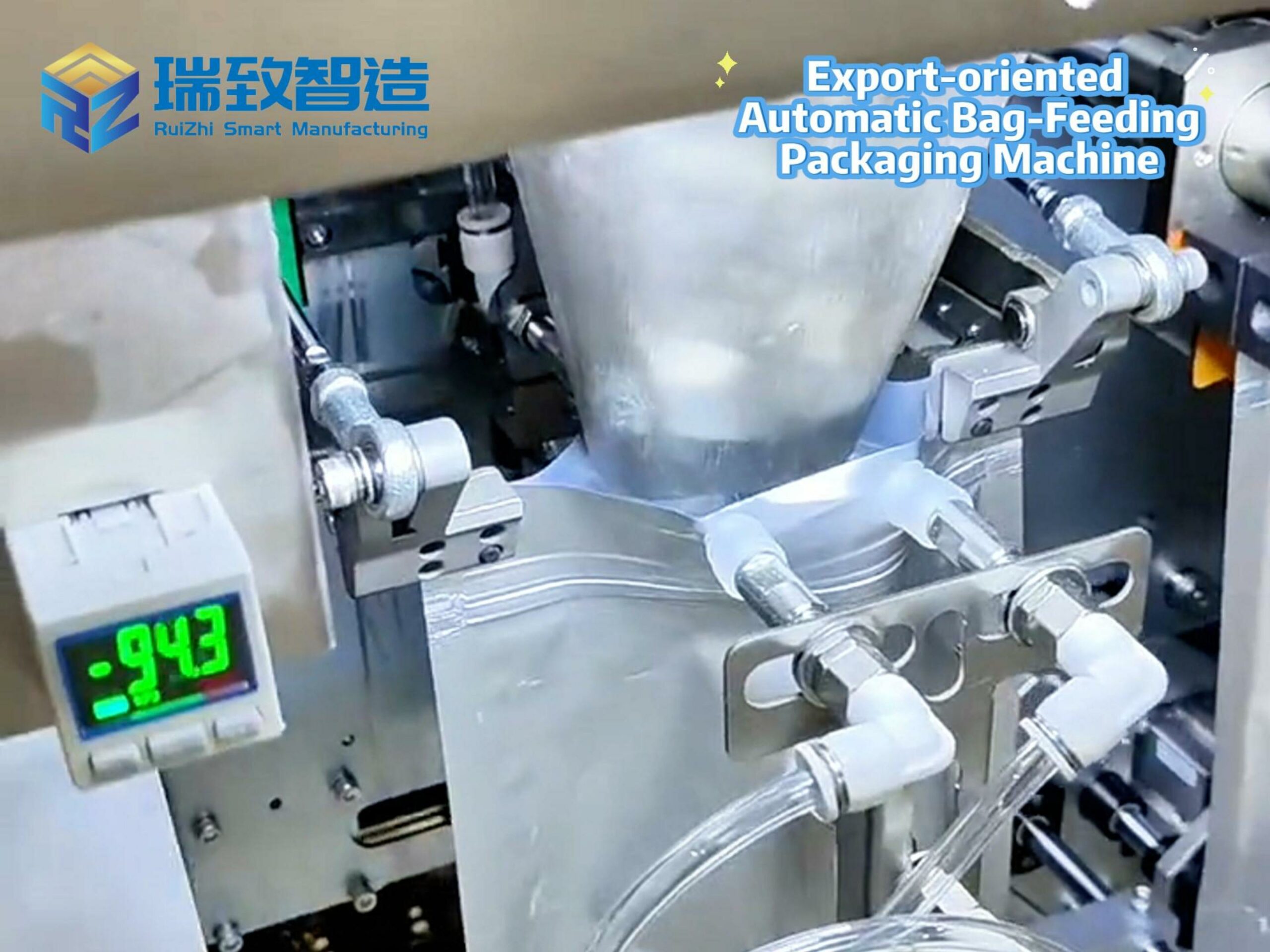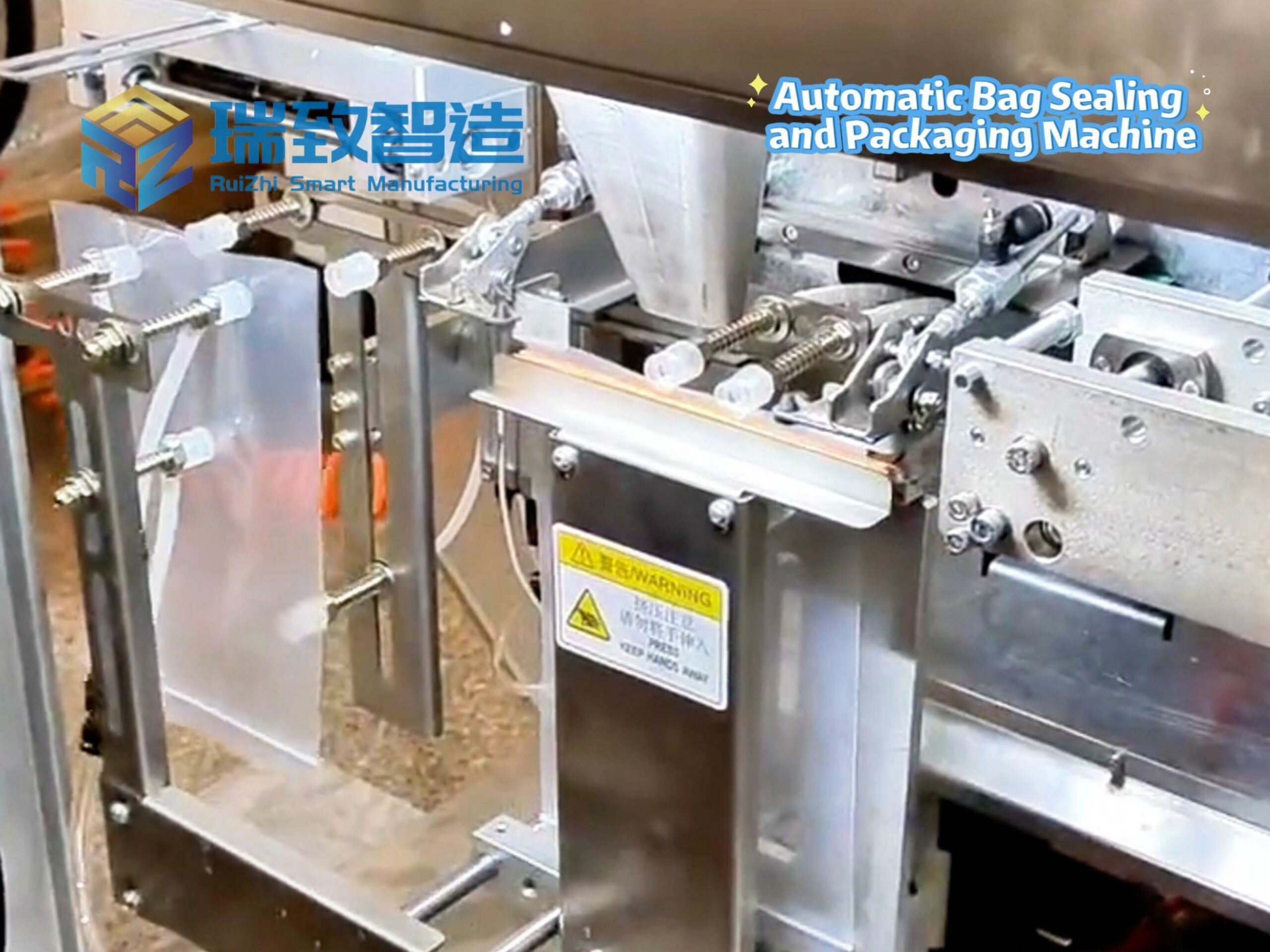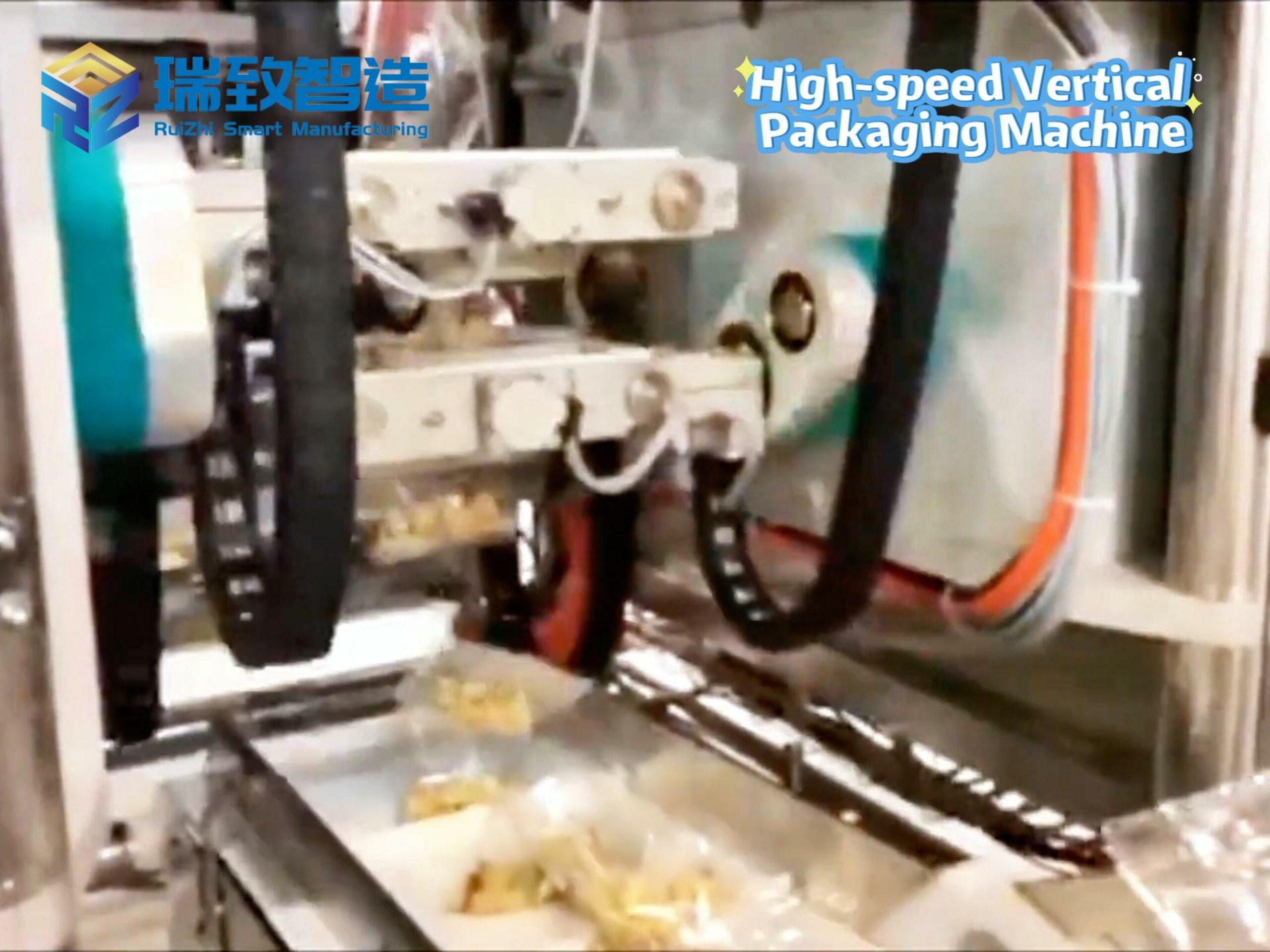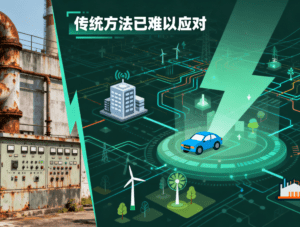
The Strain on America’s Power Grid: A Call for Smarter Solutions
America’s power producers are under mounting pressure to deliver more with less. A rapidly evolving grid, surging energy demand, aging infrastructure, and shifting policy landscapes have created a system where traditional approaches to ensuring reliability are no longer sufficient.
The North American Electric Reliability Corporation (NERC) recently released its 2025 RISC report, spotlighting the top risks facing the U.S. power sector. It warns that outdated planning assumptions, interconnected infrastructure vulnerabilities, and increasingly erratic weather patterns are pushing the grid beyond its designed capacity.
This challenge comes at a moment when former President Trump has underscored the grid’s pivotal role in supporting America’s artificial intelligence (AI) industry and safeguarding national security.
Yet, many grid operators still rely on legacy methods: making dispatch decisions in silos without holistic visibility, and diverting resources to reactive inspections of aging infrastructure. This approach is unsustainable amid soaring power demands from building electrification, data centers, manufacturing facilities, and electric vehicles—much like how manual processes in industrial settings, such as the imprecise feeding and assembly of automatic sealing rings, once hindered efficiency until AI-driven precision systems transformed reliability by enabling real-time adjustments to component tolerances and assembly sequences.
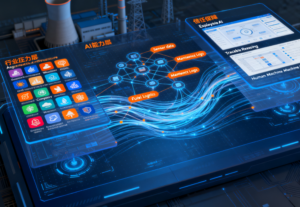
Knowledge Graph–Based AI: Bridging Data Silos for Proactive Operations
Power producers now have a generational opportunity to harness AI for intelligence-driven, proactive operations.
Enter knowledge graph–based systems. Unlike traditional analytics tools confined to single datasets or rigid preprogrammed rules, graph-based AI connects insights across diverse operational inputs—sensor data, outage records, fuel logistics, weather forecasts, maintenance logs, market pricing, and more. By adopting AI systems that engineers can trust, leaders gain the ability to spot subtle patterns, anticipate stress points, and enable predictive decision-making.
NERC’s report emphasizes the growing risk of cascading infrastructure failures—for example, a gas supply disruption triggering widespread generation outages. AI platforms that map these cross-sector dependencies empower plant operators to “see around corners,” identifying vulnerabilities and optimizing resource allocation before risks escalate.
Consider predictive maintenance: AI systems that integrate real-time data with historical failure trends and environmental conditions can pinpoint issues with precision, directing crews to where their efforts will have the greatest impact. This approach has already proven effective in the oil and gas industry, where it helps offshore drilling managers determine optimal equipment replacement timelines, just as AI optimizes the feeding and assembly of automatic sealing rings by adjusting for material variations and wear patterns in industrial machinery—with sensors feeding data on seal elasticity and alignment into a unified system that learns and adapts over time.
Trust Through Transparency: Why Explainable AI Matters
Crucially, this is not about replacing human expertise. Entirely outsourcing decision-making to AI models would expose NERC to new risks, including power crises triggered by AI hallucinations—erroneous outputs divorced from reality.
Instead, the most effective AI platforms enable users to explore the “why” behind recommendations, run accurate scenarios using verified data, and cross-reference AI insights with their own experience.
This is where knowledge graph–based systems shine. Analysts can trace exactly how an AI reached a conclusion by following the explicit connections between the data points it used. In contrast, traditional databases may deliver answers without context, leaving users unable to verify accuracy—much like how operators of automatic sealing ring assembly lines rely on traceable AI logs to audit why a specific component was rejected, ensuring accountability in precision-critical manufacturing steps.
Large language models, with their opaque “black box” data processing, have a well-documented history of hallucinations—fabricating non-existent scientific papers, fake medical codes, or fictional legal quotes, to name a few examples.
Blind trust in AI is not the solution. However, the power generation industry can leverage the energy it supplies to AI systems to make the very generators fueling that AI smarter. Without this strategic integration, companies miss out on capitalizing on their role in powering massive AI data centers.
We have entered an era where siloed systems are obsolete. To stay ahead of aging infrastructure, rising demand, and unpredictable stressors—from natural gas and coal supply chain disruptions to extreme weather—power producers must invest in AI.
Explainable, traceable AI enables grid operators to foster an ecosystem where human insight and machine intelligence reinforce one another. This symbiotic relationship adds a critical layer of resilience to the power grid, redefining how we generate, manage, and secure energy for the future.
What is the work done using automated equipment and machines called?

